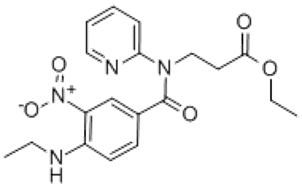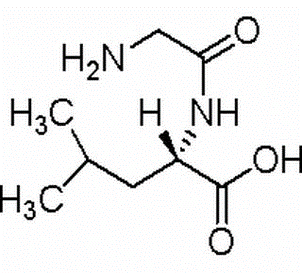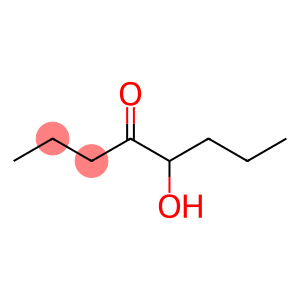Methyltriethoxysilane(CAS#2031-67-6)
| Risk Codes | 10 – Flammable |
| Safety Description | 16 – Keep away from sources of ignition. |
| UN IDs | UN 1993 3/PG 3 |
| WGK Germany | 3 |
| RTECS | VV4640000 |
| FLUKA BRAND F CODES | 10-21 |
| TSCA | Yes |
| HS Code | 29310095 |
| Hazard Class | 3 |
| Packing Group | III |
| Toxicity | LD50 orally in Rabbit: 15700 mg/kg |
Introduction
Methyltriethoxysilane. The following is an introduction to the properties, uses, preparation methods, and safety information of this compound:Quality:1. Appearance: colorless or light yellow transparent liquid;3. Density: about 0.852 g/mL;6. Flash Point: about 31°C;7. Solubility: soluble in organic solvents such as methanol, ethanol and ether;8. Stability: It can be stable at room temperature, but it should be kept away from high temperature and ignition sources.Use:1. Methyltriethoxysilane is a silane compound, which is commonly used as a crosslinker in the fields of silicone rubber, ink, coating and ceramics in industry;2. It can also be used as an intermediate and catalyst in the synthesis and self-assembly of silicones;3. It has good surface activity and hydrophilicity, and methyltriethoxysilane is also used as a functional modifier for certain surface treatment agents, such as glass coatings and nanomaterials.Method:Methyltriethoxysilane can be obtained by adding a dose of sillane (CH3SiH3) with ethanol to a reaction kettle in the presence of triethyl orthosilicate (CH3OC2H5) and hydrolysis reaction at an appropriate temperature.Safety Information:1. Methyltriethoxysilane can cause irritation to the eyes and skin, and protective measures should be taken when using it;2. Methyltriethoxysilane in the form of gases, aerosols and fumes may cause irritation to the respiratory tract and should be operated in a well-ventilated environment;3. Avoid contact with oxidants, acids and alkalis to prevent dangerous reactions;4. When using or storing, high temperature and ignition sources should be avoided to avoid fire or explosion;5. Personal protective equipment must be worn during operation, including chemical gloves, goggles, and protective clothing.







